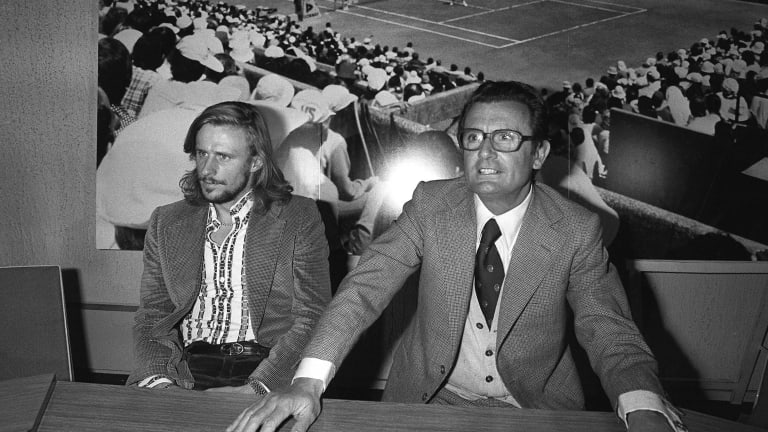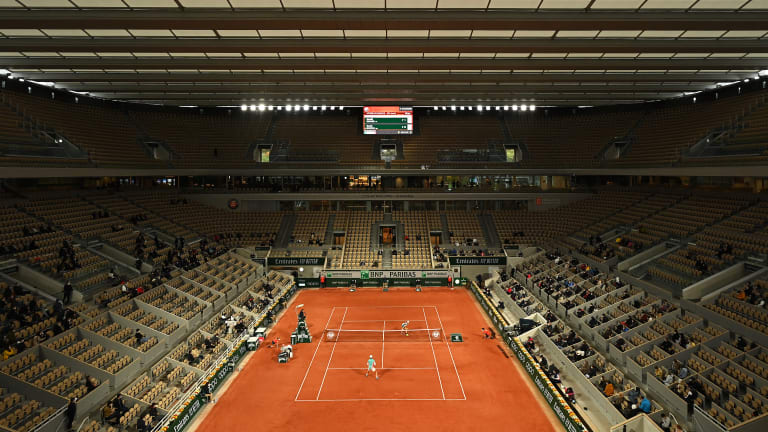Roland Garros
Who was Philippe Chatrier, namesake of Roland Garros' roofed court?
By Sep 27, 2020Roland Garros
Was the Carlos Alcaraz-Jannik Sinner Roland Garros match the best ever played?
By Jun 13, 2025Roland Garros
Who were the winners and losers at 2025 Roland Garros?
By Jun 09, 2025Roland Garros
Carlos Alcaraz and Jannik Sinner played the match of the decade, and maybe the century, at Roland Garros
By Jun 09, 2025Roland Garros
PHOTOS: Carlos Alcaraz captivates Chatrier with trademark joy after improbable Roland Garros title defense
By Jun 09, 2025Roland Garros
Carlos Alcaraz saves three match points, tops Jannik Sinner in longest Roland Garros final of Open Era
By Jun 08, 2025Roland Garros
Aryna Sabalenka clarifies controversial Coco Gauff claim: "Can't pretend it was a great day"
By Jun 08, 2025Roland Garros
Coco Gauff counters Aryna Sabalenka's Roland Garros claim by saying she 'wanted' Iga Swiatek in final
By Jun 08, 2025Roland Garros
2025 Roland Garros men's final preview: Carlos Alcaraz vs. Jannik Sinner
By Jun 07, 2025Roland Garros
PHOTOS: Coco Gauff celebrates Roland Garros title with parents, toasts champagne at Tennis Channel set
By Jun 07, 2025Who was Philippe Chatrier, namesake of Roland Garros' roofed court?
He was a man who changed the face of French tennis and, as president of the International Tennis Federation between 1977 and 1991, influenced much of the tennis world.
Published Sep 27, 2020
Advertising

Who was Philippe Chatrier, namesake of Roland Garros' roofed court?
© AFP via Getty Images
Advertising

Who was Philippe Chatrier, namesake of Roland Garros' roofed court?
© AFP via Getty Images
Advertising

Who was Philippe Chatrier, namesake of Roland Garros' roofed court?
© Getty Images
Advertising

Who was Philippe Chatrier, namesake of Roland Garros' roofed court?